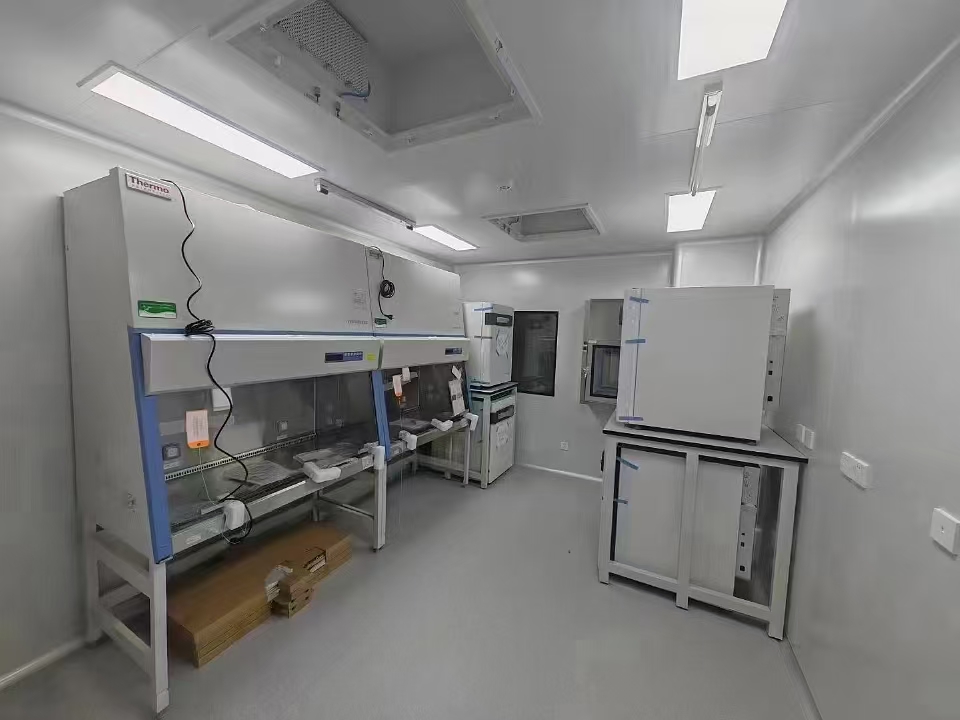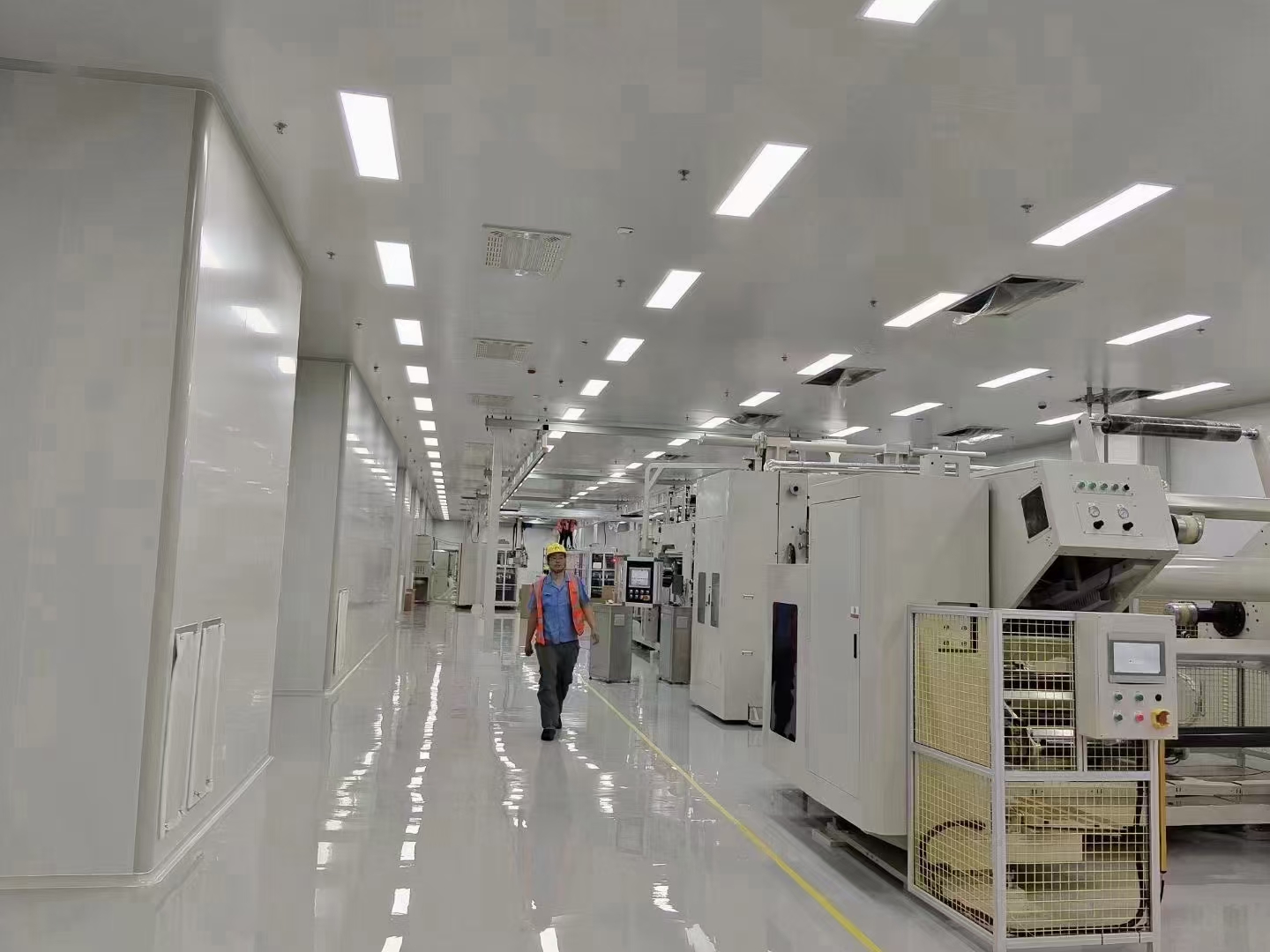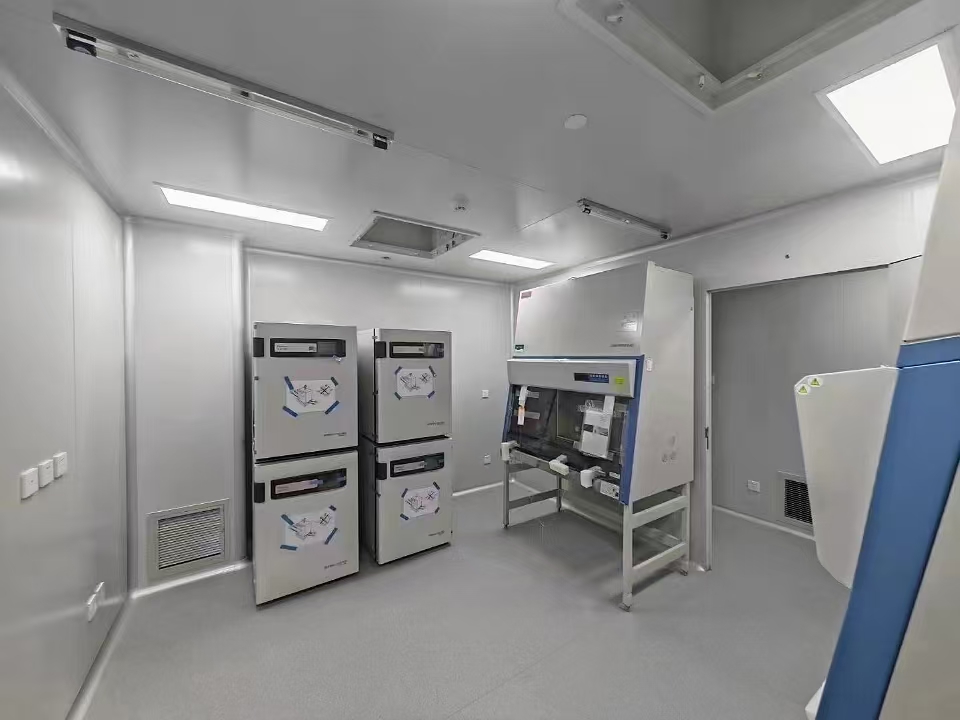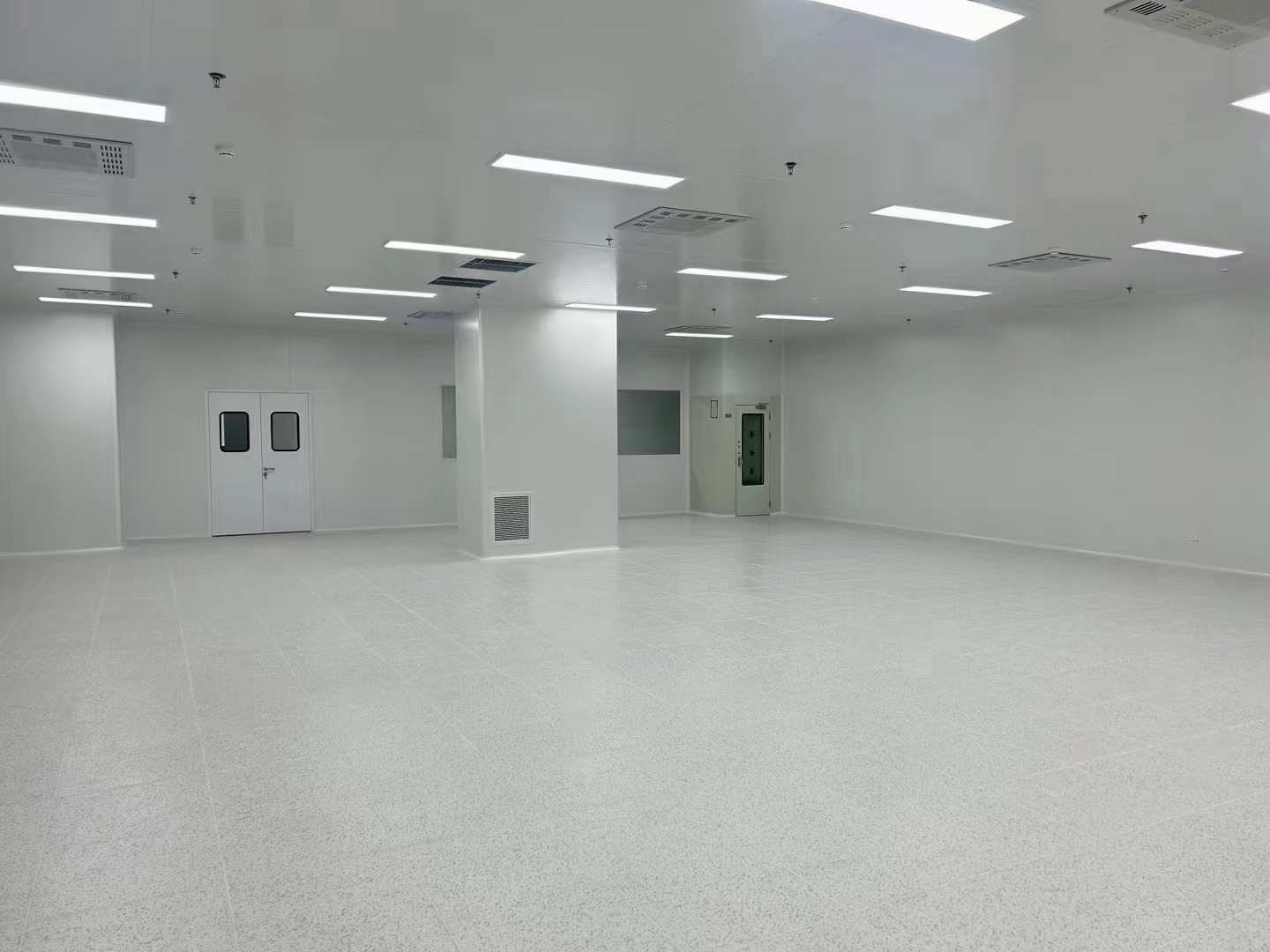

The sources of particles are divided into inorganic particles, organic particles, and living particles. For the human body, it is easy to cause respiratory and lung diseases, and it can also cause allergies and viral infections; for silicon chips, the attachment of dust particles will cause deformation or short circuit of integrated circuit circuits, making the chips lose their operating functions, so the control of micro-pollution sources has become an important part of clean room management.
The importance of clean room environmental control lies in ensuring that the environmental conditions in the production process meet specific cleanliness standards, which is crucial for many industries. The following is the importance and specific role of clean room environmental control:
1. Ensure product quality
1.1 Prevent pollution: In industries such as semiconductors, pharmaceuticals, and medical equipment, tiny particle pollutants may cause product defects or failures. By controlling the air quality and particle concentration in clean room, these pollutants can be effectively prevented from affecting the product.
In addition to the initial hardware equipment investment, the maintenance and control of clean room cleanliness also requires good "software" management system to maintain good cleanliness. The operators have the greatest impact on the cleanliness of the clean room. When the operators enter clean room, the dust increases significantly. When there are people walking back and forth, the cleanliness immediately deteriorates. It can be seen that the main reason for the deterioration of cleanliness is human factors.
1.2 Consistency: The clean room environment helps to maintain the consistency and repeatability of the production process, thereby ensuring stable product quality.
As for the glass substrate, the adhesion of dust particles will cause scratches on the glass substrate, short circuits and bubbles, and other poor process quality, resulting in scrapping. Therefore, the control of pollution sources has become an important part of clean room management.
External dust intrusion and prevention
The clean room should maintain proper positive pressure (>0.5mm/Hg), do a good job in the preliminary construction project to ensure no air leakage, and clean and wipe the personnel, equipment, raw materials, tools, consumables, etc. before bringing them into the clean room. At the same time, cleaning tools need to be properly placed and replaced or cleaned regularly.
Dust generation and prevention in clean rooms
Appropriate selection of clean room materials such as partition boards and floors, control of dust generation in process equipment, i.e. regular maintenance and cleaning, production personnel are not allowed to walk around or make large body movements at their locations, and preventive measures such as adding sticky mats are taken at special stations.
2. Improve production efficiency
2.1 Reduce scrap rate: By reducing impurities and pollutants in the production process, the scrap rate can be reduced, the yield rate can be increased, and thus production efficiency can be improved.
For example: There are 600 steps in wafer production. If the yield of each process is 99%, what is the overall yield of 600 process procedures? Answer: 0.99600 = 0.24%.
In order to make a process economically feasible, how high does the yield of each step need to be?
•0.999600= 54.8%
•0.9999600=94.2%
Each process yield needs to reach more than 99.99% to meet the final process yield greater than 90%, and the contamination of microparticles will directly affect the process yield.
2.2 Accelerate the process: Working in a clean environment can reduce unnecessary cleaning and rework time, making the production process more efficient.
3. Ensure the health and safety of personnel
3.1 Occupational health: For some production processes that may release harmful substances, clean rooms can prevent harmful substances from spreading to the external environment and protect the health of workers. Since the development of mankind, technology, equipment and knowledge have improved, but the air quality has regressed. A person inhales about 270,000 M3 of air in his lifetime, and spends 70% to 90% of his time indoors. Tiny particles are inhaled by the human body and deposited in the respiratory system. Particles of 5 to 30um are deposited in the nasopharynx, particles of 1 to 5um are deposited in the trachea and bronchi, and particles below 1um are deposited in the alveolar wall.
People who are in a room with insufficient fresh air volume for a long time are prone to "indoor syndrome", with symptoms such as headache, chest tightness, and fatigue, and are also prone to respiratory and nervous system diseases. my country's national standard GB/T18883-2002 stipulates that the fresh air volume should not be less than 30m3/h. person.
The fresh air volume of the clean room should take the maximum value of the following two items:
a. The sum of the air volume required to compensate for the indoor exhaust volume and to ensure the indoor positive pressure value.
b. Ensure the fresh air required by the clean room staff. According to the Cleanroom Design Specifications, the fresh air volume per person per hour is not less than 40m3.
3.2 Safe production: By controlling environmental parameters such as humidity and temperature, safety hazards such as electrostatic discharge can be avoided to ensure production safety.
4. Meet regulatory and standard requirements
4.1 Industry standards: Many industries have strict cleanliness standards (such as ISO 14644), and production must be carried out in clean rooms of specific grades. Compliance with these standards is not only a regulatory requirement, but also a reflection of corporate competitiveness.
For clean workbench, clean shed, laminar flow transfer window, fan filter unit FFU, clean wardrobe, laminar flow hood, weighing hood, clean screen, self-cleaner, air shower series products, it is necessary to standardize the methods of cleanliness testing of existing products to improve the trustworthiness of products.
4.2 Certification and audit: Pass the audit of third-party certification agencies and obtain relevant certifications (such as GMP, ISO 9001, etc.) to enhance customer trust and expand market access.
5. Promote technological innovation
5.1 R&D support: Clean rooms provide an ideal experimental environment for high-tech product development and help accelerate the development of new products.
5.2 Process optimization: Under a strictly controlled environment, it is easier to observe and analyze the impact of process changes on product performance, thereby promoting process improvement.
6. Enhance brand image
6.1 Quality assurance: Having high-standard clean production facilities can enhance brand image and increase customer trust in product quality.
6.2 Market competitiveness: Products that can be produced in a clean environment are often regarded as a symbol of high quality and high reliability, which helps companies stand out in the fierce market competition.
7. Reduce repair and maintenance costs
7.1 Extend equipment life: Production equipment and tools operating under clean conditions are less susceptible to corrosion and wear, thereby extending service life and reducing maintenance frequency and costs.
7.2 Reduce energy consumption: By optimizing the design and management of clean rooms, improve energy efficiency, reduce energy consumption and operating costs.
Four principles of clean room operation management:
1. Do not bring in:
The frame of the HEPA filter cannot leak.
The designed pressure must be maintained indoors.
Operators must change clothes and enter the clean room after air shower.
All materials, equipment, and tools must be cleaned before they can be brought in.
2. Do not generate:
People must wear dust-free clothes.
Reduce unnecessary actions.
Do not use materials that are easy to generate dust.
Unnecessary items cannot be brought in.
3. Do not accumulate:
There should be no corners and machine peripheries that are difficult to clean or clean.
Try to minimize the exposed air ducts, water pipes, etc. indoors.
Cleansing must be carried out according to standard methods and specified times.
4. Remove immediately:
Increase the number of air changes.
Exhaust near the dust generating part.
Improve the airflow shape to prevent dust from adhering to the product.
In short, clean room environmental control is of great significance in ensuring product quality, improving production efficiency, protecting personnel health and safety, meeting regulatory requirements, promoting technological innovation, and enhancing brand image. Enterprises should fully consider these factors when building and maintaining clean rooms to ensure that the clean rooms can meet the needs of production and R&D.


Post time: Feb-12-2025

